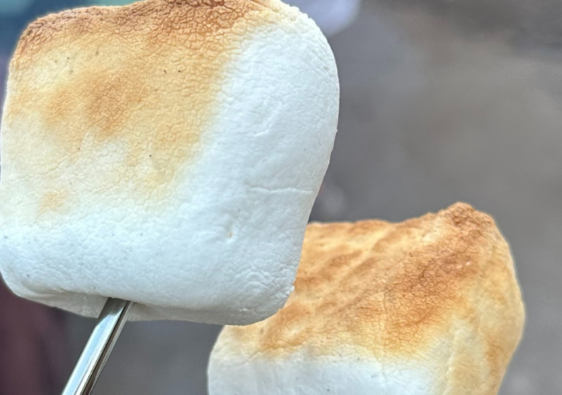Some swimsuit colors virtually disappear under water. Wearing a bright one can help children be spotted more quickly in an emergency.
I have a very healthy fear of one of my children or grandchildren drowning, perhaps bordering on an unhealthy fear. Or maybe it is justified. Drowning is the No. 1 cause of death for children ages 1-4, and most children under 10 who die by drowning, die in a pool.
According to a report from the Center for Disease Control, accidental drowning deaths are on the rise in the United States. Over 4,500 people in 2020, 2021 and 2022 died by drowning, about 500 more than the number of drowning deaths in 2019.
Sadly, I have known several families who have lost children to drowning and every summer, there are more stories about accidental drownings. Tragic! So, you might be able to imagine how horrifying it was to see pictures online of different swimsuit colors in water, only to have some of the swimsuits visually disappear. I thought about those pictures when I took four children to the pool yesterday and saw a family group wearing bright orange shirts. They really stood out!
ALIVE Solutions, a company devoted to water safety, began researching the visibility of different swimsuit colors about five years ago, after co-founder and long-time lifeguard, Natalie Livingston, noticed that some children wearing dark or pastel swimsuits seemed to disappear under the water.
She and her colleagues decided to tested 14 different colors in pools with a light bottom, pools with a dark bottom and a lake environment, and then swimsuits with patterns. All three locations were tested with calm and choppy waters. “Water is not like looking through air. Even the tiniest bit of surface agitation, glare, or movement in the water can cause objects and people to become distorted,” Livingston told CNN.
Here’s what they found when they tested swimsuit colors.
In pools with light-colored bottoms, white and light blue virtually disappear. Darker colors like black, grey and dark blue show up, but they can often be dismissed for a pile of leaves, dirt, or a shadow. Top color choices here are neon pink and neon orange.
In pools with dark-colored bottoms they found that the darker bottom color distorted some swimsuit colors. They found that the red, pink, and orange tones all looked more red and darker. Dark colors, or colors similar to the bottom of the pool disappeared quickly. White looked light blue and was easy to see close up, but disappeared as you moved away.
The best colors here, again, were neon. This time neon yellow, green and orange were the most visible.Report ad
In a lake environment, ALIVE Solutions tested swimsuit colors in three different scenarios. First, they placed each color on the surface of the water. Next, they took a shore level perspective and third, they took a slightly elevated perspective, as one might from a boat.
At 18 inches of water, most colors disappeared. White swimsuits could be seen but they appeared to ALIVE solutions to be similar in look to a passing cloud, or a reflection and would not stand out in a crowd. The most visible were the neons again, yellow, green and orange, as in the dark-bottomed pool. Neon pink did not perform well. By two feet down, virtually all colors disappeared.
Most recently, they looked at patterned swimsuits in water with a dark or blue bottom. Neons are still the big winners. Small patterns (light or dark) did not seem to impact visibility much but large dark patterns did, decreasing visibility in water. So for example, a solid orange neon suit is more visible in water with a dark bottom than a neon orange suit with large navy blue stripes.
Swimsuit color is, of course, just one factor in water safety. In addition to being a lifeguard, Livingston also investigates drownings. She has a list of tips to help families avoid accidental drownings that include always stay vigilant in or around the water (avoid distractions, even if they are family parties), don’t use alcohol or drugs during water activities, do use lifejackets (not floaties), teach your kids that if they see something, they should say something, and anytime you hear the phrase “Hey, watch this!,” something dumb and probably dangerous is about to take place.
Livingston, the CDC, and the American Academy of Pediatrics recommend swim lessons for all kids, starting as early as age 1. It is an important element — perhaps the most important one — in water safety and yet over half of all U.S. adults have never taken a swimming lesson. It’s never too late to start.
If I see you at the pool, you’ll be able to easily identify my child. She’ll be the one in bright neon orange.
First posted on the Deseret News



